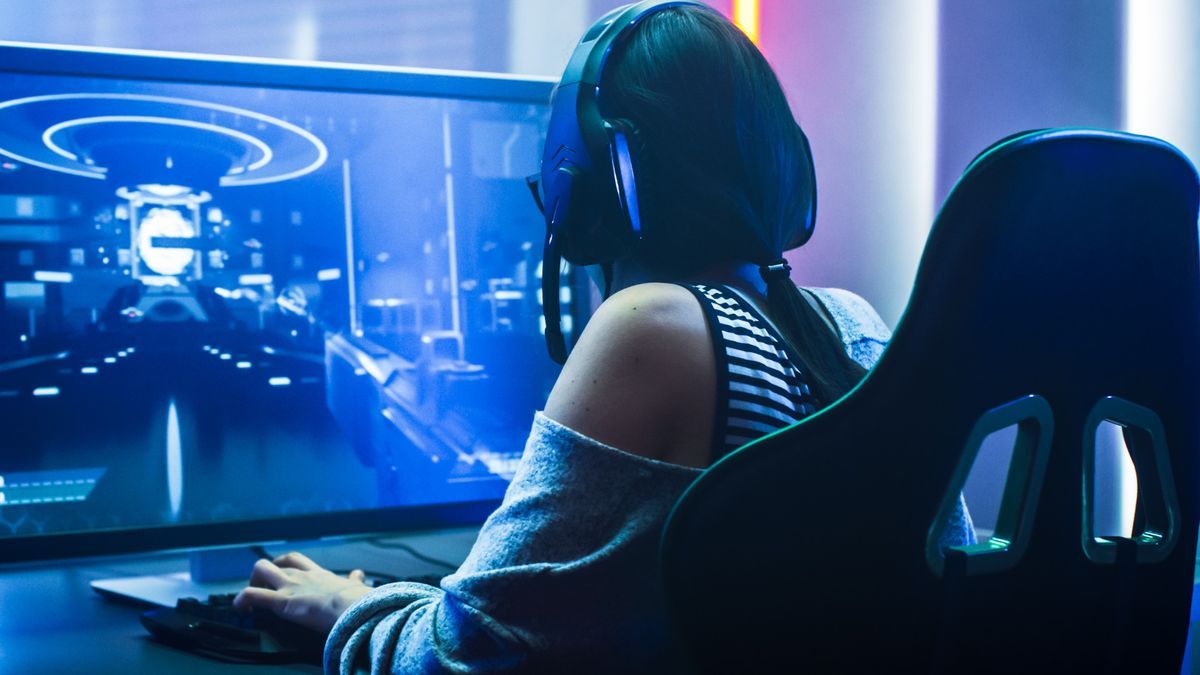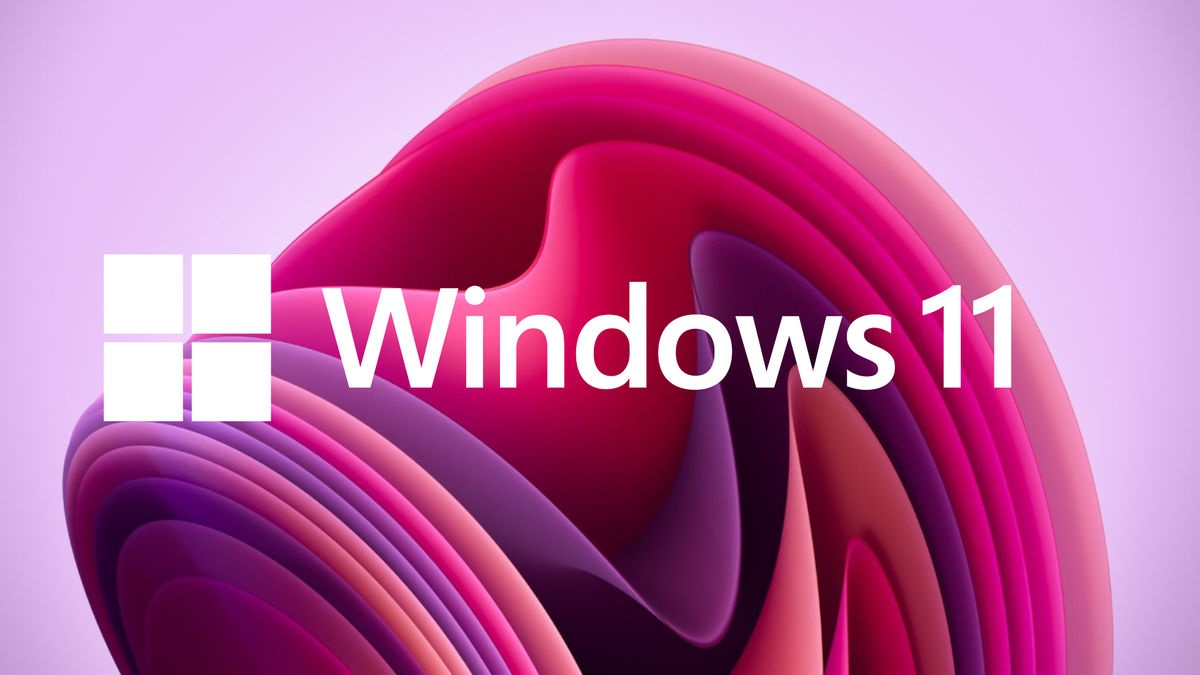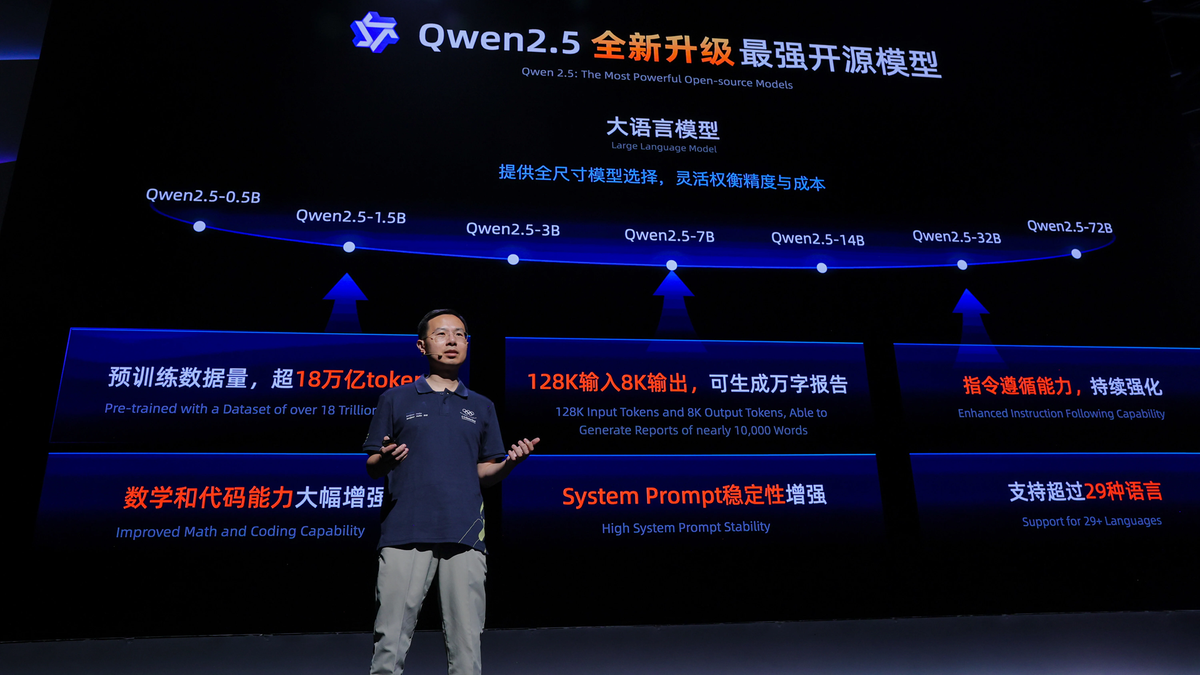AMD's FSR 3.1 only launched last week on June 27, with support for a handful of games to boot, but some new testing has already revealed that DLSS 3.7, the latest version of Nvidia's rival upscaling solution, is still miles ahead with its image quality.
Digital Foundry’s testing also demonstrated how FSR 3.1’s framerate can be used with any form of AI upscaling (such as DLSS). While the hardware team only had access to FSR 3.1 briefly, it did run comparisons using PC versions of PlayStation titles (the only games currently supported), including Horizon Forbidden West, where the latest FSR revision still lagged behind DLSS 3.7.
The improvements AMD has made are noticeable when comparing and contrasting FSR 3.1 ‘Balanced’ at 1440p with the previous FSR 2.2. The newer image is less pixelated and there’s less flare, but that said, Intel XeSS and DLSS 3.7’s more sophisticated anti-aliasing on moving pixels appears to be more in line with native rendering.
The Digital Foundry team noted: “When objects move with FSR in general, they take on a pixelated appearance and lack anti-aliasing.”
See in the
This is said to happen in the PC port of Ratchet and Clank: Rift Apart, which looks “crispy” and “pixelated” whether running in Balanced mode at 1440p or 4K compared to DLSS 3.7.
It's still early
FSR 3.1 has been described as an “iterative improvement” over the previous version of the scaling solution, rather than a radical overhaul.
However, we should remember that since it's so early in the release, it's unknown whether the issues highlighted here might be more related to these PC ports of Nixxes, or whether they'll be a broader problem for all games benefiting from FSR 3.1. Furthermore, we may see software updates that fix these issues, perhaps even before long.
Of course, AMD FSR 3.1 has some major positives: its open-source nature for starters, and also the big change in separating scaling and framerate elements so that the latter can be used with any graphics card (not just AMD's). In other words, owners of Nvidia RTX 3000 and 2000 GPUs can have AMD's framerate (which doesn't support DLSS, outside of RTX 4000 cards) superimposed on top of DLSS.
If you're using FSR 3.1 and experience a pixelated image when in motion, then you can manually adjust the settings as best you can, rather than relying on the Balanced preset with your sharpness level.









